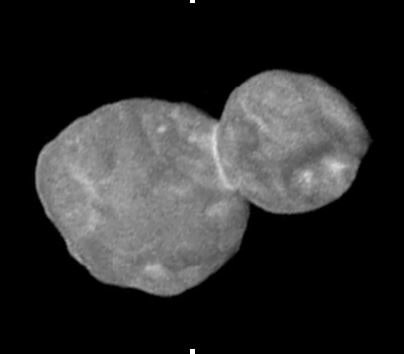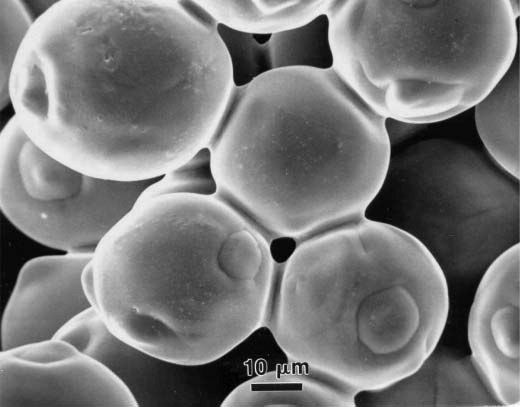The similarities between the results of two processes occurring on such different scales are astounding!
Astrophysicists are currently busy formulating hypotheses about the formation of a celestial body known as Ultima Thule, which etymologically means „the farthest place in the unexplored world“.
Who knows whether they might find it useful to bear in mind sintering phenomena typically occurring in Powder Metallurgy, such as in the production of hard metal.
The discovery
On 1st January 2019, the US interplanetary space probe named New Horizons reached the farthest celestial body (approx. 6.5 billion kilometres from Earth) ever approached by a product of our technology, examining it from a distance of approx. 3,500 Km. This body, officially named 2014 MU69, but commonly known as Ultima Thule, belongs to the Kuiper belt, which extends past the orbit of Neptune and also includes Pluto, which was considered a planet until not so long ago.
The incredible photographs taken at a distance of about 27,000 kilometres
Images of Ultima Thule have been sent from instruments on board New Horizons and published by media all over the world, arousing curiosity and interest.
Ultima Thule is classed as a planetesimal. Planetesimals are primordial rocky objects, the study of which aims to provide a better understanding of the mechanisms involved in the formation of planets and the Solar System.
The shape of the object is very distinctive (Fig. 1a): it consists of two lobes estimated to be about 35 km in size, initially thought to be spherical but later, thanks to new images and reconstructions, discovered to be flattened in shape.
(http://pluto.jhuapl.edu/Galleries/Featured-Images/image.php?page=1&gallery_id=2&image_id=590).

Ultima Thule’s appearance suggests that the planetesimal was formed as a result of the impact of two separate bodies.
Analogy
It is interesting to note that the process produced a collar, similar to the one formed during solid-state sintering of microscopic metal particles (Fig. 1b), which are a billion times smaller than Ultima Thule.

Sintering
Sintering is a process of welding between particles, caused by phenomena occurring at high temperatures. In particular, in the case of solid state sintering, such phenomena involve the diffusion of moving atoms, driven by each system’s spontaneous tendency to reach an equilibrium at lower levels of energy (the same phenomenon that causes ferromagnetic objects to move in a magnetic field, or „fall“ in a gravitational field).
Similarities in the forms and processes have not gone unnoticed by our sintering specialists and have aroused great interest. Let’s see what conclusions the astrophysicists will reach!

